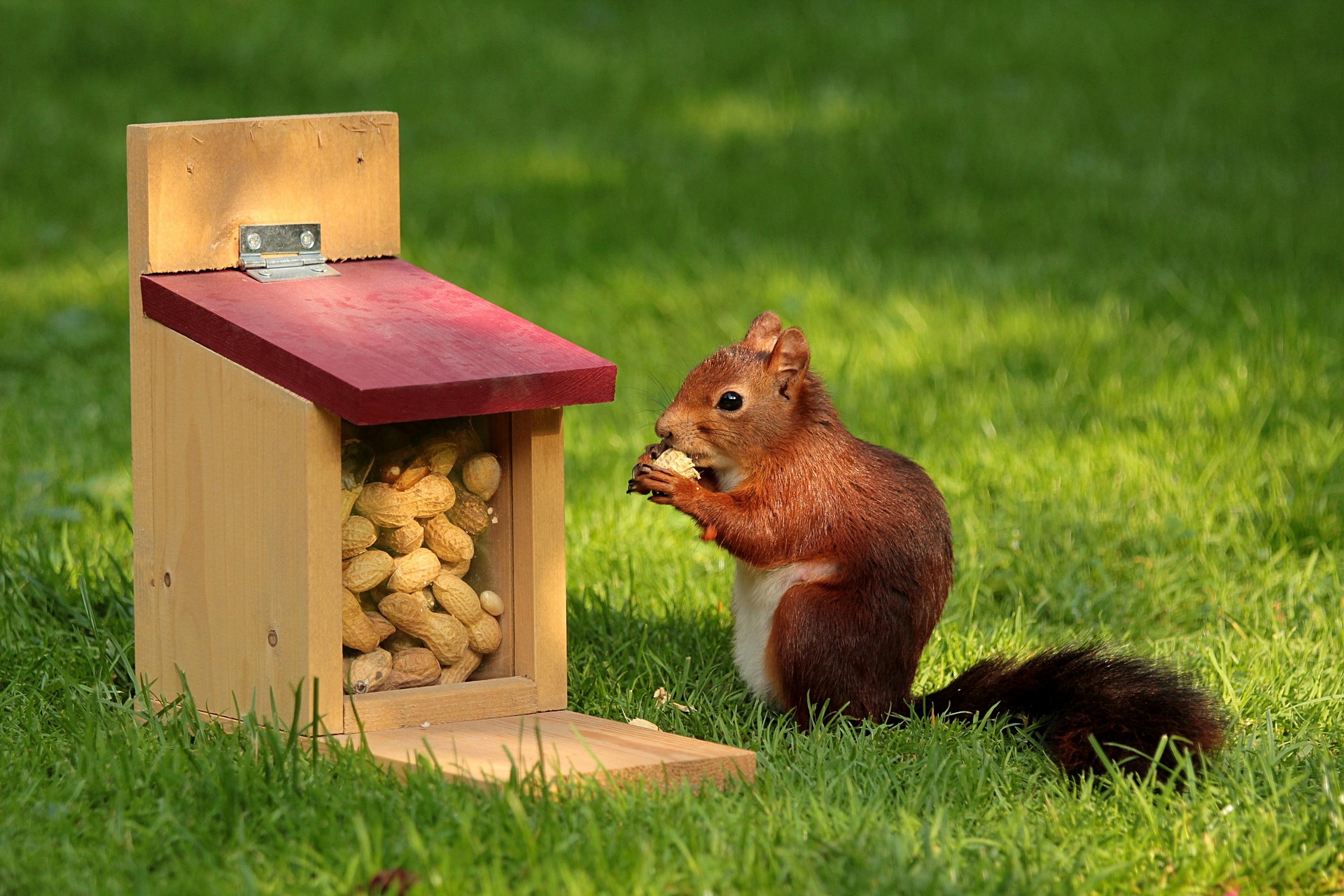Squirrel-Proofing Backyards: An Intimate Look at Defying Natural Pests
Often viewed as cute, fluffy visitors, squirrels can swiftly metamorphose into irritating pests for proud homeowners. This piece embarks on the uncharted journey of squirrel-proofing your backyard.

Digging into History
In the beginning, squirrels were forest-dwelling creatures that seldom ventured into human territory. However, with rapid urbanization, these creatures were forced to invade backyards in search of sustenance. This trend has, over the years, escalated to a perennial problem for homeowners battling the ingenious and persistent efforts of these critters. Interestingly, there was a time in the late 1800s when squirrels were purposefully introduced into American cities to ‘beautify and add a touch of wilderness.’ Little did they anticipate the havoc it would wreak in the years to come!
The Invasion in 21st Century
Urban squirrels have evolved to be bold and smart. Recent news reports express homeowners’ frustrations as they share anecdotes of squirrels outsmarting the latest squirrel-proof contraptions, from bird feeders to garden lights. Currently, squirrel invasions are not just a seasonal nuisance; they have turned into an all-year-round phenomenon with these animals stockpiling food for winter, creating a mess and causing significant damage.
Impact on the Market
The growing squirrel menace has indirectly inspired innovation. The market is flooded with myriad squirrel deterrence products ranging from $20 to $100, leveraging various technologies and designs. In 2021 alone, the squirrel control device market in the United States saw an estimated increase of 8% in sales, reflecting the heightened demand from exasperated homeowners.
Battling the Bushy-Warriors
Though challenging to implement, several well-researched strategies can effectively deter squirrels. One approach involves creating an environment that’s unappealing to squirrels, such as reducing food sources by squirrel-proofing bird feeders and secure trash bins. Another is to plant unpalatable plants; squirrels tend to avoid daffodils, hyacinths, and alliums. Yet another strategy is employing scare-tactics using predatory bird sounds or motion-activated sprinklers.
Unmasking the Future
Looking ahead, cutting-edge research probes the possibilities of humane squirrel control methods. Innovative ideas include scent-based repellents encapsulating the smells of squirrel predators and sophisticated barriers using AI technology to safeguard properties. These advanced findings hold promising potential in turning backyards into defendable territories.
In conclusion, the plight of homeowners warring against nature’s bushy-tailed bandits is far from simple. However, even as these creatures continue to adapt and challenge human ingenuity, the continuous research and evolving market trends offer a ray of hope in mastering squirrel-proofing efforts. What once began as an innocent effort to bring in more wildlife diversity to our neighborhoods has undeniably sparked a unique survival saga that continues to unfold.




